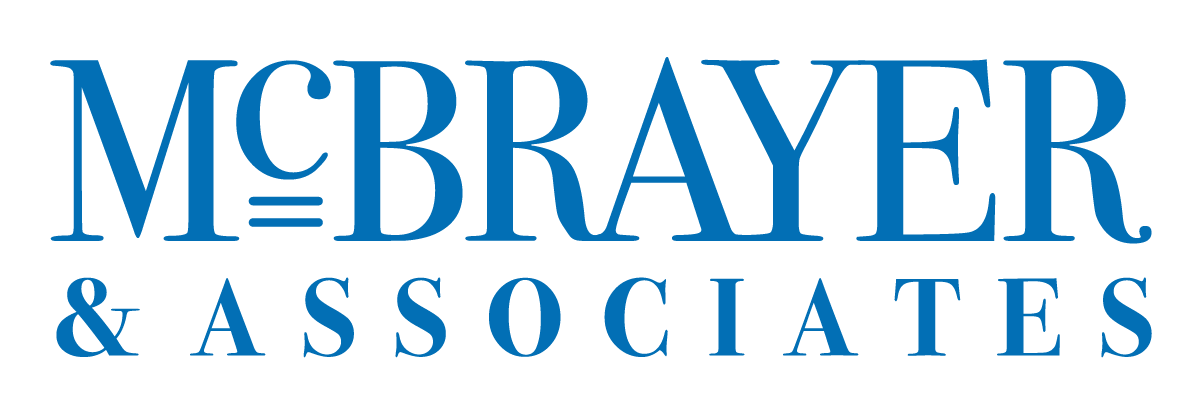The Top 5 Sales Proposal Errors

The top five most common errors when presenting a sales proposal have to do with developing the clarity of the narrative or story. And here are the five biggest mistakes in developing that story: no clear purpose, no audience benefit, no clear progression of events, too much detail, and/or too long-winded.
Many sales presentations only convey data. Conveying data does not inspire. What we should do instead is take all the facts and circumstances that we have learned about the buyer’s situation and craft a story that persuades the buyer to take action. Our objective during the presentation is not to make the buyer think, but to make it easy to grasp complex ideas.
1. No Clear Purpose
One symptom of this mistake is that the audience does not know where they fit into your story. If the audience does not understand the role they play in the story, you will lose their interest. Part of an effective presentation is that we make complex ideas easy to grasp, and part of following the narrative is knowing our place in the story.
Quick Fix: In your story, the buyer is at the center; s/he is your hero, or protagonist. (The seller is not the hero. The seller is merely the narrator.)
2. No Audience Benefit
Whenever we listen to a story, we try to associate how the message relates to us. If the message is not easily relatable, or if the audience does not clearly see what’s in it for them, they will not engage.
Quick Fix: It is the presenter’s role to connect the dots for the audience. There should be a “so what?” message to your story. This goes along with making the complex idea easy to grasp.
3. No Clear Flow
This means that the story itself—or the progression of events—is hard to follow. When we are not prepared to tell a story, we tend to bounce around in the progression of events, and that makes the audience work hard to keep up.
Quick Fix: Today’s audiences were raised on TV and are accustomed to having stories that are easy to follow. When telling a story, make sure that the events are somewhat cause-and-effect, or at least have a reason for being positioned in the order in which you are telling them.
4. Too Much Detail
Too much detail weighs a story down. When we have far more information than we need, the narrative becomes hard to follow. Too much detail slows the story down.
Quick Fix: Get to the point. Include necessary details, but no more, and no fewer. One key to making a story easy to process is filling it with action.
5. Too Long-Winded
Shakespeare said that “brevity is the soul of wit.” When we take a thousand words to say what could be said in ten, we exhaust our audience.
Quick Fix: Say what you need to say in as few words as possible—without sacrificing your meaning.
Final Thoughts
To create a compelling narrative, we should take the facts and circumstances we have gathered and craft a story that makes complex ideas easy to grasp; that means avoiding the five most common sales proposal errors. We should keep the buyer engaged by having a clear purpose, establishing the benefit, developing a clear story, and getting to the point in as few words as possible.
